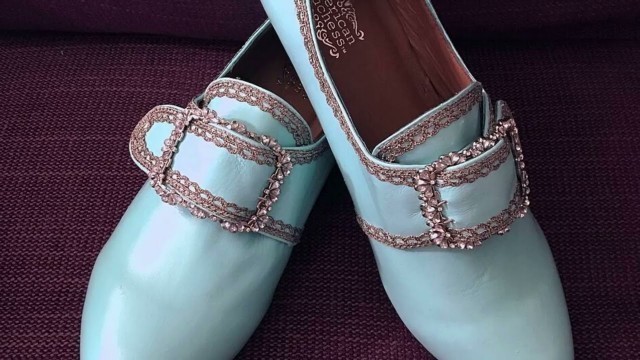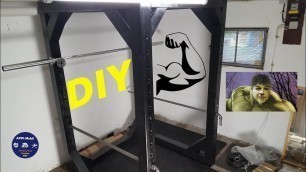'KDHM Artifact Corner: 18th Century Shoe Buckles'


'Today, our Artifact Corner houses some stunning 18th century shoe buckles. https://www.kentdelordhouse.org/ Music: Acoustic Breeze by Benjamin Tissot, https://www.bensound.com Hi Everyone, and welcome back to another artifact corner. Today we are looking at some very beautiful shoe buckles from the 18th Century. These belonged to Henry Delord, and would have been worn by him for special occasions or for business. The buckles themselves are made of metal, and adorned with what appears to be crystals around the exterior. Shoe buckles like these were all the rage for fashionable men from the 17th through the 18th Centuries. These buckles would certainly get your attention, and that was exactly what they were worn for. Let’s learn a bit more about shoe buckles in Henry Delord’s day. Shoe buckles have been around for quite some time. They were in vogue in the Middle Ages, but like most fashion trends fell our of favor during the Renaissance. It wasn’t until the mid 17th Century that shoe buckles came back into fashion. Samuel Pepys, in an often-quoted diary entry for 22 January 1660 states that on, “This day I began to put buckles on my shoes.” The fashion trend took a bit of time to filter down to the average person, but by the 1680’s, pretty much everyone was wearing buckled shoes. As the trend continued to grow, more elaborate styles became popular. Demand for shoe buckles made the manufacturing of them a thriving industry. In Chambers’ Encyclopædia: A Dictionary of Universal Knowledge, Volume II, it states that: “In the latter half of the 18th century the manufacture of buckles was carried on most extensively in Birmingham, there being at one time not less than 4000 people directly employed in that town and its vicinity, who turned out 2,500,000 pairs of buckles annually, the prices ranged from one shilling to five guineas, and even ten guineas a pair.” Just to put that in perspective, the average laborer in England in the year 1800 earned only 12 pounds a year. So ten guineas was almost an entire year’s salary if you wanted fancy shoe buckles. Shoe buckles were made from a variety of metals including silver, brass, iron, steel, copper, or pewter. They could be sold as just bare metal, which were the least expensive, to have some paste jewels adorning them, which were more expensive, to actual jewels on them, which were saved only for the very wealthy. Paste is a heavy high-lead glass. It is more easily cut and shaped than diamonds, and could be close-set without the visual intrusion of metal settings. The “stones” were often set with foil behind them to give them a brilliance and a shimmer, but the settings needed to be air tight so that the foil would not be exposed to air, and therefore corrode. The foil backings could also have color to give the illusion of different gem stones, and not just giving the appearance of diamonds. Shoe buckles increased in size through the 18th century, reaching massive proportions in the 1770s. All of the most fashionable men and women had large, elaborately decorated shoe buckles. By the 1790’s shoes buckles were falling out of use for a couple of reasons. The first being the new style of delicate flat heeled slipper being worn by women was too delicate for the large bulky buckles. The second being the French Revolution, modest fashions were taking over, and they saw the “old style” of buckles as passé and even garish. The ones we have in our collection are a form of paste jewelry. While our buckles are missing a few stones, they are still in quite good condition, given their age. They are still quite brilliant in the sunlight, and would surely make someone take notice of your footwear. They are absolutely beautiful, and we are so lucky to have them in our collections. Thanks so much for stopping by.'
SEE ALSO: Aamir Khan , squat , gym lovers ️ , jeremy buendia workout motivation , Wellness Lifestyle , total body workout , Filipino , ext , dance cardio , Q dance












comments: